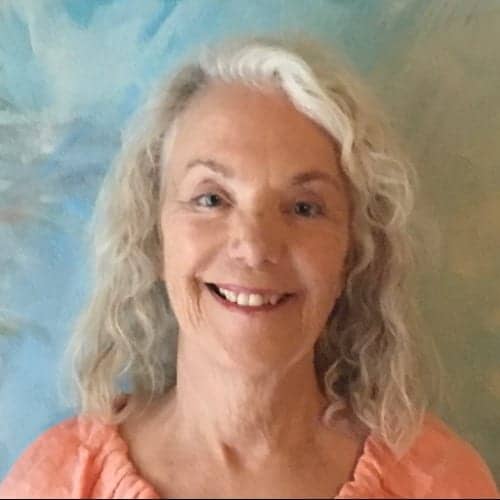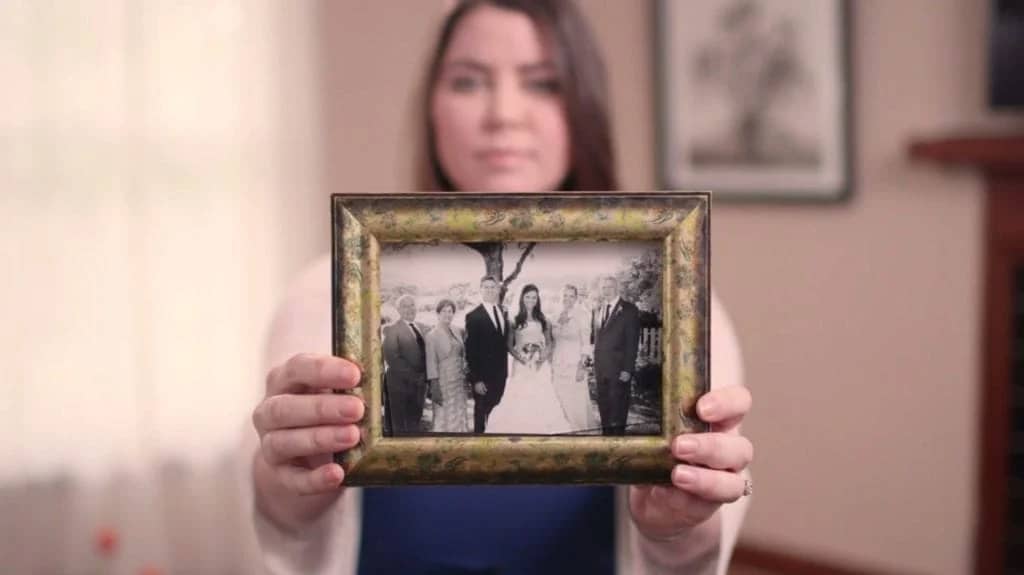
Phyllis Bergman provided Compassion & Choices her story in August of 2020. On April 8, 2021 New Mexico made history with the passage of the Elizabeth Whitefield End of Life Options Act. The law went into effect on June 18, 2021.
During my 30 years as a nurse practitioner, I have held many positions in healthcare, the most significant of which was with an Albuquerque hospice. My job was to see patients every two to three months to see if they continued to qualify for the care they received. The work was difficult. What struck me most was that many of these terminally ill patients wanted to end their suffering in a way they could control and with a level of dignity that was not available to them. They repeatedly would ask the staff: “Can you please help me die?” It was heartbreaking.
Then, I faced the same situation with my younger sister, Vicki, who was dying from pancreatic cancer. In her last months, she asked for help in attaining a peaceful death.
Vicki was diagnosed with pancreatic cancer in early 2017 while she was still living in Washington. She desperately wanted to live. Her husband, two daughters, and son desperately wanted her to live. I desperately wanted her to live. But pancreatic cancer is an aggressive cancer with an extremely low survival rate. Vicki endured high dosage chemotherapy by infusion with painful and debilitating side effects, but it eventually became clear that it was not working. Her cancer continued growing and spreading.
It was evident to Vicki and everyone else that she was dying. As a result, she and her husband moved to California to be amongst family – two of her children lived there and I could easily visit from New Mexico. She had two grandchildren on the way and hoped to live long enough to see their births. Being in California meant she would be surrounded by love through her last months and that she would still retain the same end-of-life options as she had in Washington – the option of medical aid in dying. Or so we thought.
Vicki had a physician who refused to honor her request for aid in dying and did not help us find a provider who might honor her request. I promised Vicki that I would help her with this last wish. Lacking guidance, I took on the task of researching and locating a hospital that would allow for this compassionate option. After a series of unanswered calls to several facilities, I connected with a university hospital’s end-of-life program and asked if I could schedule a telehealth visit for Vicki to request medical aid in dying, but was instructed that we would have to physically show up for the appointment.
Vicki’s disease had already progressed significantly, she was suffering from painful and disabling symptoms, she was on hospice and she was frail at just 85 pounds. I drove her to the appointment, but finding an appropriate and close parking spot was nearly impossible. I parked illegally in a loading area, prayed that my car would still be there upon our return, and pushed Vicki’s wheelchair up a steep slope toward the medical buildings. Somehow, we managed to locate the office.
We were escorted to the exam room where a young physician greeted us in a voice that did not acknowledge the gravity of the visit. We both felt a lack of empathy and respect for our situation. The physician confirmed that this appointment would be filed as the first request but that we would need to return in 15 days, per the law’s requirement. I once again pressed for a telehealth visit, but the idea was rejected. The doctor stated we must come in person.
We scheduled the second appointment, headed back to the car, and we both felt a sense of defeat. It took Vicki a day to regain her energy from the exhausting trip and she soon realized she didn’t want to go through it all again. She was so disheartened by the experience. She didn’t feel that they had met her where she needed to be met. We were both disappointed in how it was all handled – how they made us come to the office in person, how they treated her when we got there or how there was no follow-up call after we missed the second appointment. We got completely dropped. It took the wind out of our sails.
The barriers to access California’s law were so onerous, we gave up. My sister experienced another several weeks of suffering that she didn’t need to endure. There was no need for Vicki’s suffering to be prolonged, but the accessibility just wasn’t there.
There should have been a fast track for my sister to get through the process. Even getting to the first appointment was a monumental task for a dying person. Someone with stage 4 pancreatic cancer deserves a fast track. It’s a disease that is not going to get better or more tolerable. People with advanced cancer, end-stage ALS and others could benefit from a fast track. It would be simple enough for medical professionals to create criteria to indicate who would benefit from an expedited process that honors their wishes. Hers was such an obvious case. She was dying. In an ideal universe, she would have been fast tracked. Not only was she not fast tracked, she wasn’t even really helped.
It was only in Vicki’s death that she finally found peace on November 28, 2017. She suffered excruciatingly through her last weeks. I miss her every day. She was full of life and such a good person.
As I advocate for medical aid in dying in my home state of New Mexico, I ask that lawmakers pay attention to the issue of accessibility. Dying people need, not only this compassionate option afforded to them, but a compassionate process to ease their journey. I am in favor of a shorter waiting period and the use of telemedicine to allow for easier access, especially in a state as rural as ours.
Read more: “A tale of two deaths: One in ‘pain and despair,’ another ‘peaceful'”

Nothing advances our common cause of improving end-of-life care like real stories. Inspire others and drive change by sharing your story today.
Mail contributions directly to:
Compassion & Choices Gift Processing Center
PO Box 485
Etna, NH 03750